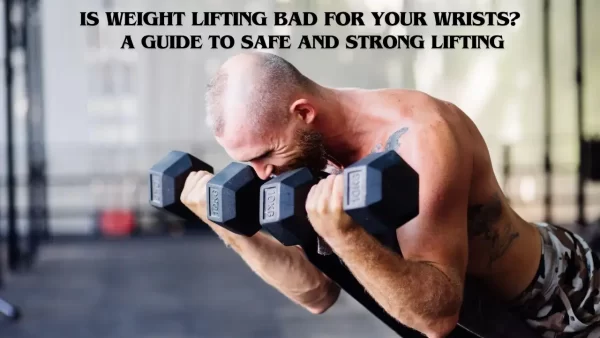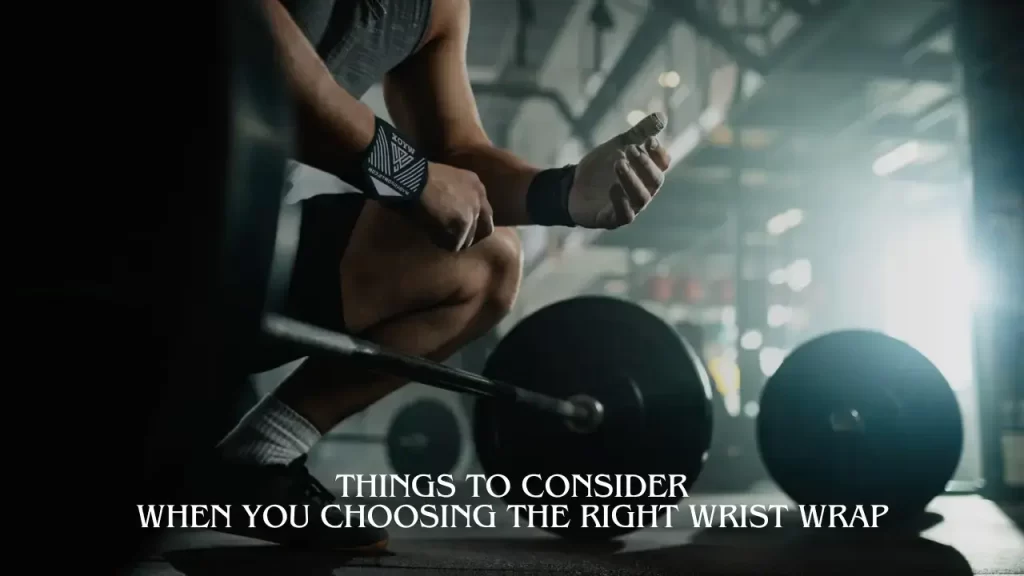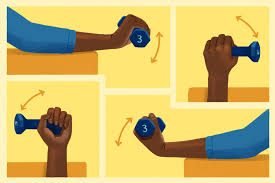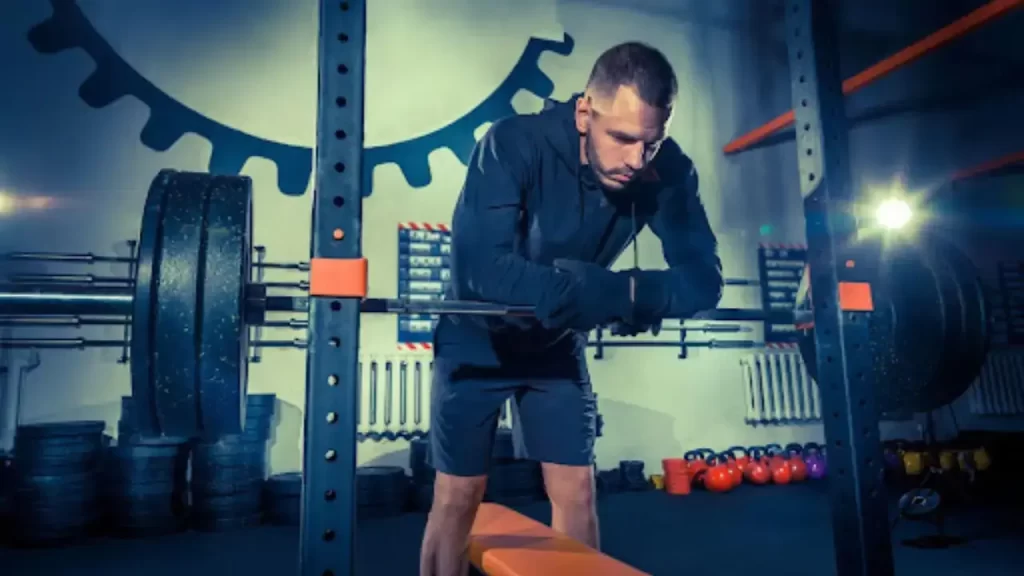Is Weight Lifting Bad for Your Wrists? Tips to Protect

In a nutshell, weight lifting is not a dangerous exercise nor is it harmful for wrist muscles. Weight lifting is a process that provides strength to your muscles to give your wrist a stronger grip and flexibility. However, insufficient training, lifting heavy weight at the beginning or any existing wrist health conditions can all lead to wrist pain during weight lifting.
In this comprehensive report, you will learn the ways to properly execute weight lifting without having any wrist pain later. It is not all, we will even guide you with the precautionary measures to treat your wrist pain.
What else is left? Let us jump on the bandwagon to pull out the weightlifting secrets one by one.
Benefits of Weight Lifting for Your Wrists
You might have a concept that weightlifting will affect your wrist muscles. But whether you believe me or not, weightlifting comes along with multiple benefits for your wrists in several ways:
- Increased Strength and Stability: When you lift weights, it directly gives strength to your muscles. The forearm and hand muscles get more stability with the strength they get from weight lifting. It will ace your daily activities and give you more power.
- Improved Bone Density: When you pull weights, your bone builds stamina and strength. The bone density increases making your wrist more powerful to avoid any mishap.
- Enhanced Grip Strength: When your muscles and bones get strength and density, they climb towards a better grip. As you know, grip is crucial for maintaining control over weights during exercises.
Common Causes of Wrist Pain During Weight Lifting
Many new weightlifters complain of wrist pain. It is all because of improper techniques they practice during exercise. But it is more clear that where weightlifting offers benefits for your wrists, some factors lead to pain:
- Improper Form: It is the main focus point that needs precaution. When you practice improper technique it will surely stress out your muscles. These stressed muscles cause pain and potential injury in your wrists.
- Lifting Too Much Weight Too Soon: It is vital to understand when and how much weight you can lift at the beginning. Even if you feel yourself strong, ask your trainer before pulling too heavy weights. A sudden lifting of a heavyweight can put you in trouble.
- Repetitive Movements: You need to follow a proper exercise set that explains the level of repeat for any move. In case you keep repeating a move more than it needs to be done, it will lead you into unrest.
- Pre-Existing Wrist Conditions: It is vital to consider your existing injuries and health issues before weightlifting. If you are unwell, it will make you more uncomfortable. So, choose your lifting techniques wisely.
How to Prevent Wrist Pain While Weight Lifting
First of all, let us discover how you maintain your wrist safety. Here, we are going to discuss some key tips to prevent injuries and maintain healthy wrists during weightlifting sessions:
- Warm Up Properly: Warming up is a basic element of all exercises. The steps vary according to specific activity. For lifting weights, start with wrist stretches for 5-10 minutes. Then, do a little cardio to gush up blood flow and prepare yourself for specific moves.
- Focus on Form: This is paramount. Keep your wrists in a neutral form. The straight form is preferable. Sudden bending can create stress. Uneven alignment of the wrist during exercise will cause pain.
- Choose the Right Grip: The grip depends on the type of exercise you do. There are two types of grips; close and open grip. In a close grip, you wrap your fingers around the bar, and in an open grip, you wrap your thumb around the bar. Everyone has their comfort zone, you can scrape out your comfortable grip with a test.
- Lift Lighter Weights: Initially, pull light weights to set your body strength. It keeps you comfortable during exercise. Then slowly add more weights day by day as per your capacity.
- Use Wrist Supports: Wrist support are gadgets to provide your wrist with stability. The wrist wraps or straps are beneficial to avoid a lot of strain on your wrists. But depending on these wraps is not a good idea.
- Listen to Your Body: Pain is an alarm that something in your body is unwell. If you experience any pain in your wrists during an exercise, you need to stop immediately. Take rest, and consult a healthcare professional if the pain persists.
Choosing the Right Wrist Wrap

To minimize wrist injuries, wrist bandages are essential. It is a useful tool for people who lift weights. It gives your wrists additional stability and support when you exercise. However, choosing the best wrist wrap might be difficult due to the variety of styles and functions obtainable. Below is a summary of important things to think about:
- Level of Support: Wrist wraps come in different lengths and materials, offering varying levels of support.
- Shorter wraps (12-18 inches): Ideal for lighter weights, general gym use, or exercises requiring more wrist mobility (e.g., Olympic lifts).
- Longer wraps (24-30 inches): Provide maximum support and stability for heavy lifting exercises like squats, bench presses, and overhead presses.
- Material:
- Elastic wraps: Offer a good balance of support and flexibility, suitable for various exercises and experience levels.
- Stiff wraps (nylon or leather): Provide the most significant support and are ideal for powerlifters or those lifting very heavy weights. However, they may limit wrist mobility.
- Cotton wraps: The most flexible option, offering mild support and breathability. They’re a good choice for beginners, CrossFit workouts, or exercises requiring wrist mobility.
- Closure System: On average, wrist wraps are fastened using straps or velcro. To ensure a customized fit, choose a safe closure method that is simple to change.
- Comfort and Fit: Snug but not constrictive should be how the wrist wrap sounds. It might irritate or scrape into your skin. When employing the wrap, make sure your wrist may be bent smoothly.
Wyox Sports offers wrist wraps designed for weightlifting and boxing. As you know every exercise requires proper utilization of equipment. To protect your wrists, it’s critical to give good lifting forms priority. To determine whether they fit your demands and budget, research the advantages they offer, supplies, and client testimonials.
Here’s a quick guide to choosing wrist wraps based on your needs:
- Beginner Lifters or General Gym Use: Opt for shorter (12-18 inch) elastic wraps with a velcro closure.
- Powerlifters or Heavy Weight Lifting: Choose longer (24-30 inch) stiff wraps (nylon or leather) for maximum support.
- CrossFit or Workouts Requiring Wrist Mobility: Select shorter (12-18 inch) cotton or elastic wraps for flexibility.
3 Exercises to Strengthen Your Wrists

Weightlifting requires a strong and firm body to handle the pressure. Strong wrists are crucial for avoiding sprains and enhancing your total weightlifting ability. You can include the following workouts in what you do every day.
- Wrist Circles: Turn your wrists into little circles with your fingertips facing up. Cycle each direction ten to fifteen times. After that, turn both hands down and make the same circles.
- Reverse Wrist Curls: With both hands facing down, grasp dumbbells. Squeeze your arms at the top while you gradually curl the wrists up. Reducing the weights should be done carefully. Do 10–12 rounds in two or three sets.
- Forearm Plank: Assume a plank posture, placing both arms on the ground. Maintain an upright frame from head to heels, with your elbows directly beneath your shoulders. For as long as it’s comfortable for you to keep proper form, retain that spot for thirty to sixty seconds.
How to Handle Pain in Your Wrist

- Put Ice: Numerous times a day, roll a pack of ice in a lightweight towel and place it on your wrist for up to twenty minutes at a time.
- Pressure: To reinforce your wrist and reduce swells, wrap it with a mild pressure bandage.
- Over-the-counter Pain Relief: To control discomfort and swelling, think about using over-the-counter pain relievers such as acetaminophen or ibuprofen.
- Consult Healthcare Professional: See a physician or physical therapist if the pain is severe, lasts longer than a few days, or gets worse when you move. They can identify the source of your discomfort and suggest the best course of action, which can involve bracing or splinting your immobile or performing physical therapy exercises for wrist pain.
Extra Advice on Safe Lifting of Weights
Above all, there are extras to take away. To experience a safe weightlifting process, here are some final pointers that ensure your weightlifting journey is wrist-friendly:
- Maintain Good Posture: Your body posture should align with your weight-lifting moves. Keeping your body posture in balance throughout will ace the process. It helps distribute weight equally in all body parts and not let your wrists stress out. Moreover, keep your arm straight, and your shoulders back to get the desired results.
- Don’t Neglect Rest and Recovery: Constant weightlifting can result regardless and fatigue. Thus, it is crucial to allow your body to take adequate rest. It will give you recovery time between workouts. Rest leads your muscles and joints to build strength and prevent casual injuries.
- Consider a Certified Trainer: If you’re a newbie in weight lifting adventures, prefer consulting a certified personal trainer. The trainer will guide you through proper lifting techniques and multiple different exercises that are safe for your wrists.
- Be Patient: Patience is key for everything. It takes time to build strength and improve your weightlifting experience. Don’t rush the process. Always prioritize proper technique over lifting heavier weights.
Take Away:

Overall, the answer to the query: Is Weight Lifting Bad For Your Wrist? – depends on the lifting techniques you follow. Otherwise, weight lifting ensures your body with immense strength and fitness to your muscles and bones. In the above comprehensive guide, there are ways to enhance your weightlifting experience and minimize your risk of wrist pain. However, you will be able to say that a weight-lifting journey is safe and enjoyable. The key takeaways include practicing suitable techniques as per your body, and gradually increasing weight to keep your wrists happy and healthy.

